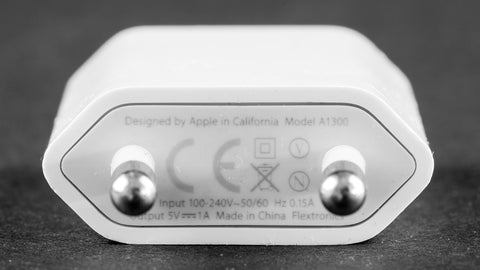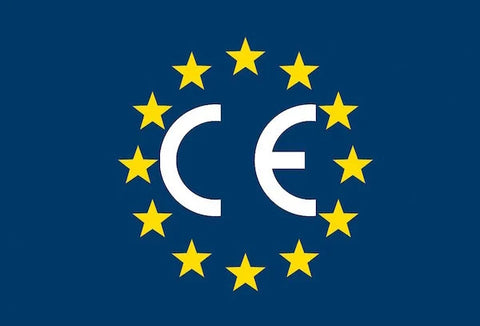When it comes to trading goods within the European Economic Area (EEA), compliance with certain standards and regulations is essential. One of the most crucial requirements is obtaining the CE certificate. In this article, we will delve into the details of what the CE certificate entails, its purpose, and how it is obtained.
What is the CE Certificate?
The CE certificate, short for Conformité Européene (European Conformity), is a certification mark indicating that a product meets the essential health, safety, and environmental standards set by the European Union (EU) for products sold within the EEA. It acts as a passport for manufacturers, enabling them to legally market and distribute their products in the European market.
What Countries Require CE Compliance?
The CE compliance requirements apply to products sold within the European Economic Area (EEA), which consists of the following countries:
European Union (EU) Member States:
Austria, Belgium, Bulgaria, Croatia, Cyprus, Czech, Republic, Denmark, Estonia, Finland, France, Germany, Greece, Hungary, Ireland, Italy, Latvia, Lithuania, Luxembourg, Malta, Netherlands, Poland, Portugal, Romania, Slovakia, Slovenia, Spain, Sweden
European Free Trade Association (EFTA) Member States:
Iceland, Liechtenstein, Norway, Switzerland
In addition to these countries, the CE compliance requirements may also be adopted by other countries or regions that have agreements or arrangements with the EU to align their product regulations. However, it's important to note that each country may have its own specific rules and regulations beyond the CE marking requirements.
It's advisable for manufacturers and businesses intending to sell products in these regions to ensure compliance with the CE certification process and to familiarize themselves with any additional national requirements of the respective countries.
Purpose of the CE Certificate:
The primary objective of the CE certificate is to ensure the free movement of goods within the EEA while guaranteeing a high level of protection for consumers and the environment. By affixing the CE mark on a product, manufacturers declare that their product complies with all the relevant EU directives and harmonized standards applicable to their product category.
Product Categories:
The CE certificate covers a wide range of product categories, including but not limited to electronics, machinery, medical devices, toys, construction products, personal protective equipment, and household appliances. Each category may have specific directives and standards that manufacturers must comply with to obtain the CE certificate.
Obtaining the CE Certificate:
To obtain the CE certificate, manufacturers must follow a defined process, which typically includes the following steps:
1. Determine Applicable Directives: Manufacturers must identify the applicable EU directives and harmonized standards relevant to their product category. These directives outline the essential requirements for product safety, performance, and other relevant aspects.
2. Conduct Product Testing: Manufacturers are responsible for conducting the necessary testing and assessment procedures to ensure their products comply with the applicable directives and standards. This may involve performing laboratory tests, risk assessments, or seeking certification from notified bodies.

3. Compile Technical Documentation: Manufacturers must prepare and maintain technical documentation demonstrating the conformity of their products with the applicable directives. This documentation should include information about the design, manufacturing process, test results, and compliance with standards.
4. Affixing the CE Mark: Once the product has successfully met all the requirements, manufacturers can affix the CE mark on their products, packaging, or accompanying documents. The CE mark should be visible, legible, and indelible.
5. Declaration of Conformity: Manufacturers must create a Declaration of Conformity (DoC) stating that their product meets all the applicable requirements. The DoC should be available to the relevant authorities upon request.
Ongoing Compliance:
Obtaining the CE certificate is not a one-time process. Manufacturers must ensure ongoing compliance by regularly reviewing and updating their products to meet any new or revised directives and standards. They may also be subject to market surveillance and random product inspections by authorities to verify the product's compliance with the CE requirements.
We’re BHDChina, a leading sourcing agent in China. If you want to find sourcing agents and manufacturers from China, please CONTACT US without hesitation!


